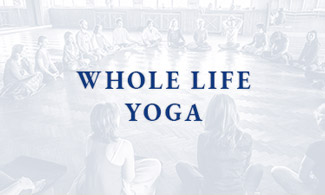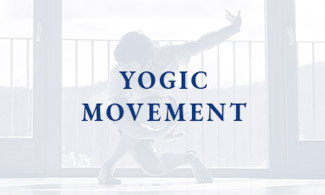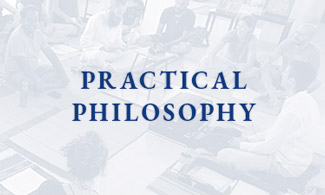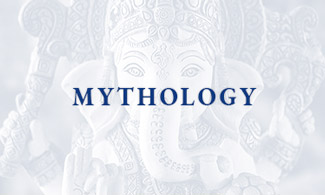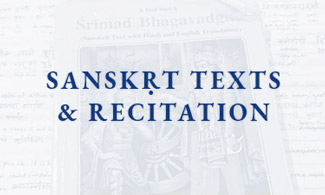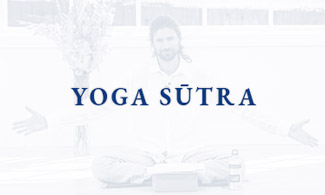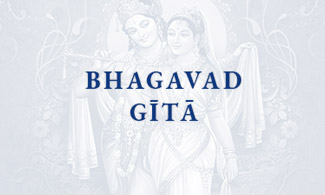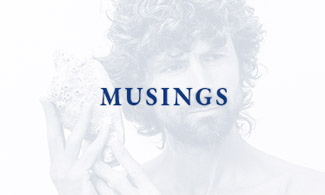
Pain and Yoga – Note to Self
Pain is inevitable. Pain is an intrinsic and very necessary part of the human experience. Pain helps protect us. It can be our friend. Yes, pain and suffering can beat us down, if we let them, but by working with them skilfully, we can be less pained by the trials of life, and transform difficulty into opportunity.
Life is suffering. So have said the masters of many traditions.
Patañjali is very clear about this: all is pain to the wise. Life is change, and we humans know it, but still we get attached to things being a certain way. Deep down, even as we are savouring things we find pleasurable, we know that they will not last. So even that which brings pleasure carries the germ of pain…(Yoga Sūtra II.15)
In the Bhagavad Gītā, Kṛṣṇa also makes it very clear: the experience of pleasure and pain is inevitable. (II.14)
At first glance, this can seem rather bleak and even depressing. However, yoga is the practical school of Indian Philosophy. Patañjali goes on, right away, to make clear that we can avoid the pain that has yet to come. Kṛṣṇa goes on to remind us that we know that these pairs of opposites: pleasure, pain, heat, cold and all the rest; come and go. Our challenge as a human being is to be steady amidst it all. If you can find this steadiness, Kṛṣṇa tells us, you can reveal the deathless essence that underlies all the comings and goings, you can penetrate through your fears and savour this life, here and now, fully.
Well, that sounds alright, so how to go about it?
First let us not delude ourselves, pain is inevitable, part of the game. However, this doesn’t mean we are helpless and hopeless when faced with it. Yoga reminds us, when something is inevitable, don’t get upset about it, that’s a poor choice. Instead, be with it as steadily as you can, so you can respond to it as skilfully as possible.
Early in the Gītā, Kṛṣṇa distils the way of practising yoga in the world:
Sukhaduḥkhe same kṛtvā lābhālābhau jayājayau
Tato yuddhāya yujyasva naivam pāpamavāpyate (II.38)
Which I might translate as:
Practising evenness (yoga) in gain and loss, in triumph and defeat, in pleasure and pain: this is the way to act in the challenging world and not be tainted and bound by your actions.
In other words, pain and suffering are inevitable. Life is constant change and we cannot, will not, always get what we want. However, we do not have to be so pained by this reality! We can choose to suffer less in the face of life’s inevitable ups and downs.
How? By practising yogāsana. By this I don’t mean just going to yogāsana classes or dropping into a favourite yoga posture when pain starts to manifest. No, I mean by cultivating the attitude of yoga: balanced, skilful, pragmatic, open and responsive. I mean by drawing on all our resources, and so resisting falling into the easy but often counter-productive and self-sabotaging familiar patterns of our habitual reactions.
Mitigating pain with Yogāsana
- The posture with which we meet the world
- The attitude we adopt in the face of change
One of the Sanskṛt words for pain is duḥkham, literally: difficult space. Its opposite, sukham – agreeable space.
In the Indian system, the kham, or space, we exist in is recognised as containing sound, movement and vibration. Sukham then can be understood as a space in which there is a good vibration; duḥkham, or pain, one in which the vibrations are somehow dissonant.
Yogāsana is defined classically as the state of awareness that is at once sthira – steady, and sukham – easy. In other words, the seat, platform or foundation state of yoga is when the field of our awareness is a place of sustainable good vibrations: a field of robust, resonant harmony that makes us less susceptible to being thrown up and cast down by the inevitable ups and downs of life.
So how to practice this?
Kṛṣṇa in the Gītā (II.47) makes this clear:
- You are the sovereign of your actions.
- Your experience is your responsibility.
- You have no control over the outcomes of your actions.
- However, you do know that certain types of action can be relied upon to bring painful results.
So, pay attention, notice how your attitude and actions affect your experience and do not be the cause of unnecessary pain. Perhaps you have been so unwittingly, blindly. And perhaps as you notice that you have been a major cause and contributor to your own suffering, this recognition itself is tortuous. But it’s also instructive, and it’s empowering. So take the opportunity it affords you, accept the gift it offers, and reform yourself: dig in, for the painful work of overhauling your habits, examining your belief structures and limiting ideas. And remember, it is worth it. And really, there is no alternative. The way out of self-sabotage is not avoidance. The way out is really the way through. As Kṛṣṇa goes on to say, don’t think that not acting, staying in your tent, or retreating from the arena is even an option. No, yoga is the path of the hero.
Yoga: the path of the hero – the way of the heroine
You are a human being, so you are going to experience hardship and suffering. But as a human, with your miraculous gifts of awareness, you can refresh your perspective, reset your ways of looking and recast your suffering into a means for useful growth. Yes, you do experience being torn and fragmented, yet you can muster your will, your insight and your diverse capacities to weave greater harmony into your life and expand its tapestry to include and reconcile more of who you really are.
But this requires heroism, known in Sanskrit as vīrya – the quality of a vīra. This word vīra is very beautiful, and of great significance in yoga. Vīra denotes both human being and hero/heroine. It means then, the human being who has the courage, persistence and fortitude to wrestle with all (including the painful, difficult parts) that it means to be human, and do so in a way that is merciful, pragmatic and wise.
So, practice vīrāsana – the posture/attitude/way of being that allows you to be fully who you are: to face and integrate all your shades, the whole spectrum of who you are.
And, practice how you want to feel.
Everything is training
We get good at what we do a lot. So, when you take recourse to yoga technique, make very sure that you are not inviting unnecessary pain and suffering. Make sure that you are actually inviting what you really want to feel. When we take recourse to yoga techniques, we are practising for the rest of the day, for the rest of our life. So make sure you are setting yourself up to move through life in a graceful way, that will make you less susceptible to being ravaged by the vicissitudes of fortune. When you practice yogāsana, do not practice straining and struggling! Rather, practice that beautiful, balanced ‘posture’ that marries alertness and relaxedness. Practice the attitude that allows harmonious connection and communication between all parts of you. Practice reinforcing the ways of whole system integration and spacious awareness. Practice the heroic work of re-attuning your system to meet the reality of today as skilfully as you can.
Pain is inevitable. But you can work, with steady presence, to reduce the self-inflicted blows, and let the ups and downs of life teach you about the space of the centre and the vastness of the awareness you really are.
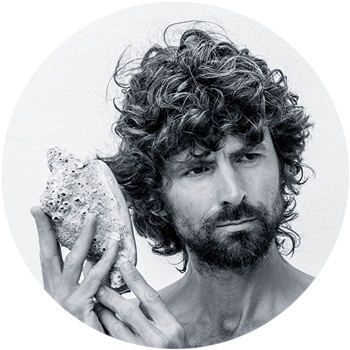
James Boag | Whole Life Yoga
The yoga of the whole human being. Practical philosophy, storytelling, movement, inquiry, looking in ways that reach beyond our habitual ways of looking.
Listen to James’ unique whole life yoga perspectives on the WHOLE LIFE YOGA podcast.

